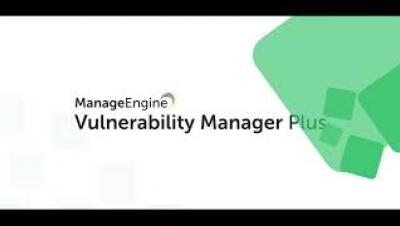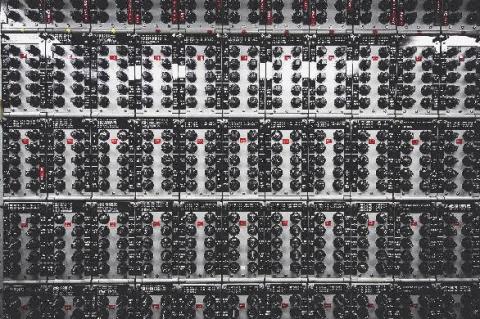Security | Threat Detection | Cyberattacks | DevSecOps | Compliance
Collaboration
Eliminate Mundane Tasks, Improve Productivity with Egnyte and Microsoft Power Automate
If you’re like most people, you spend far too much time repeating manual tasks. Tasks like saving email attachments, tagging files and writing simple emails are probably not the best use of your talent and energy. Multiply all that work by the number of people in your organization, and you get a clear, if alarming, picture of how much time is wasted on non-essential tasks.
Massive Trove of Exposed Files Demonstrates Importance of Data Governance
An unsecured AWS S3 bucket with 5.5 million business files was recently discovered by security researchers at vpnMentor. All of these files were publicly available without any password protection or other security protocols attached to them. This kind of thing happens regularly with cloud service providers, and it often occurs when IT teams neglect to set security and compliance rules within their cloud environments.
Vulnerability assessment | ManageEngine Vulnerability Manager Plus
Staying safe in Slack: Blossom Bariatrics counts on Nightfall for HIPAA compliance
The bariatric surgery market is growing year over year in the United States, from 158,000 surgeries in 2011 to 252,000 surgeries in 2018. Over the last decade, weight loss surgery demand has increased, leading to a boom in the number of clinics offering these procedures. Blossom Bariatrics has become one of the premier bariatric surgery clinics in the Las Vegas area. They provide surgical treatment options for weight loss, plus hernia, gallbladder, and anti-reflux surgeries.
Security policies for your remote workforce
Current events are driving dramatic changes to many business industries around the planet. One of the most notable shifts is how the office-based framework for employees transformed to a remote workforce environment. Remote working has now become the norm for many enterprises and organizations worldwide. While the remote working environment is not new in the market, it has gained momentum because of the current pandemic. Many people are now turning their home to be their extended office.
Work from home cybersecurity explained: should your business have a WFH policy?
Global organizations are sharpening their strategies that enable their employees to work from virtually any location at any time. But working in different types of remote settings brings with it the potential for significant cybersecurity threats that must be anticipated, defended against, and quickly remediated. Working outside the traditional office setting has accelerated during the past decade.
Security Execs' Advice on Overcoming the Challenges of Remote Work
At the outset of the global coronavirus 2019 (COVID-19) pandemic, many organizations decided to enforce social distancing by requiring that their employees begin working from home. This decision changed the fundamental way in which many employees were accustomed to working. It also created new security challenges for organizations that had larger remote workforces.
Managing Content Sprawl in Microsoft 365
Sprawl happens when anyone and everyone can create a site or team, usually without oversight, planning, or any kind of formal training, resulting in dozens/hundreds of rarely used or abandoned sites and teams, a poorly-performing search experience, and your intellectual property (content and conversations) spread across multiple locations each with a maze of chats, files, and channels.
How Data Governance Reduces SharePoint Content Sprawl
Chaos is never good for business, but the reality is that it’s the state in which many companies live on a daily basis. The global pandemic shut down offices and dispersed workforces to employees’ homes and other socially-distanced locations. Without data governance plans to support remote workers, employees scavenged for, and used, tools and processes that helped them get their jobs done, often with little regard for long-time implications or risk to the company.










